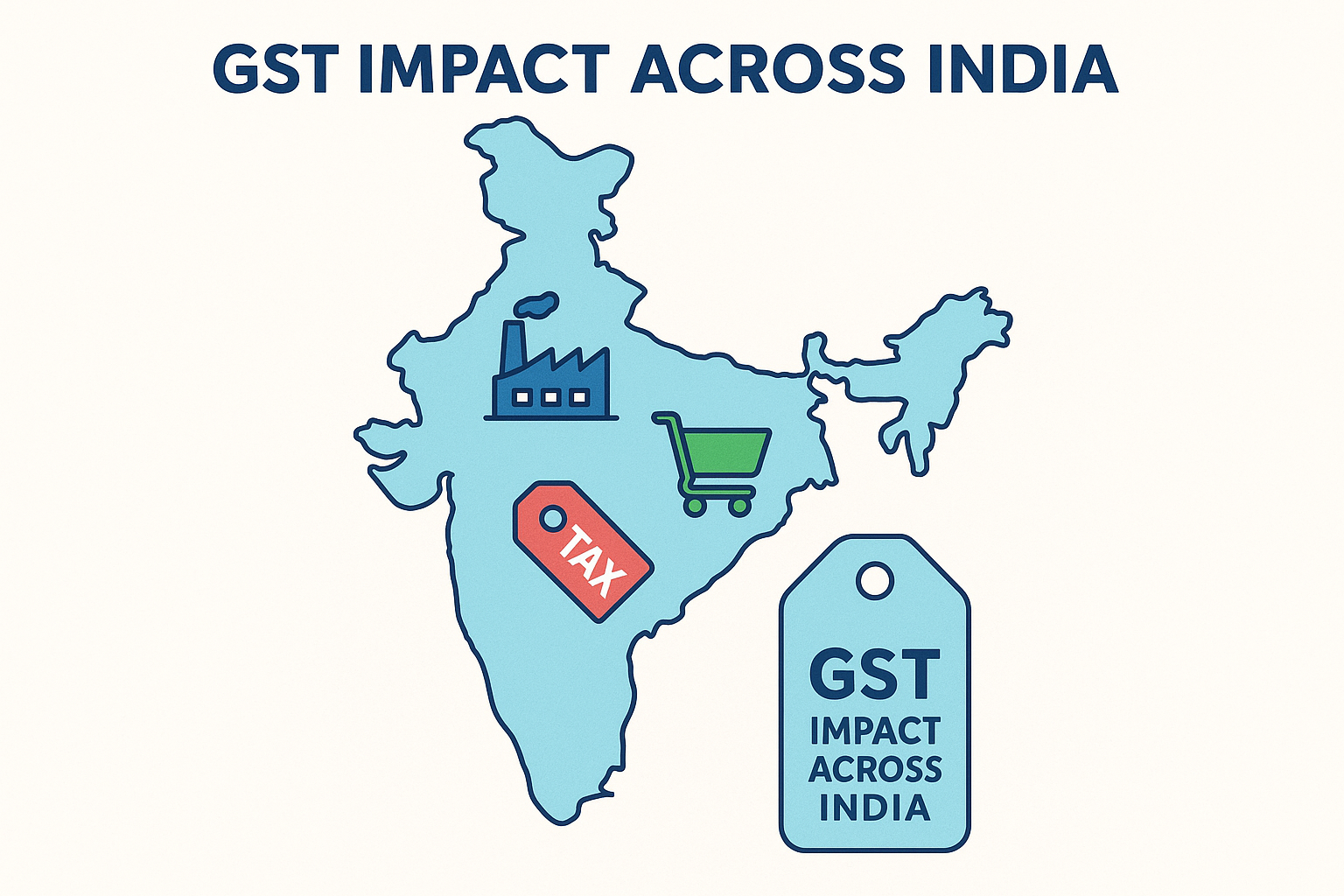GST 2.0: What changes
Key Arguments
1.Rationalisation of GST Slabs
○ GST 2.0 proposes merging slab rates and reducing anomalies to simplify taxation.
○ Current system has multiple slabs (5%, 12%, 18%, 28%) with exemptions and cesses, creating confusion.
2.Focus on Inverted Duty Structure (IDS)
○ IDS arises when input taxes are higher than output taxes, blocking working capital.
○ Common examples include textiles, bicycles, fertilizers, and processed foods.
○ GST 2.0 aims to correct anomalies, but concerns remain.
3.Consumer-Centric Benefits
○ Lower tax burden on essentials like food, footwear, medicines, and insurance.
○ Greater clarity for households in pricing and compliance.
○ More equitable tax burden distribution across sectors.
Challenges in Implementation
○ Despite reforms, some items still face higher effective taxation due to exemptions/cesses.
○ Risk of revenue loss for the government, limiting fiscal flexibility.
○ Refund delays and procedural complexities remain unresolved.
Author’s Stance
● Balanced–Explanatory: Mildly optimistic about GST rationalisation.
● Positive framing: Simpler compliance, consumer benefit, and growth boost.
● Cautious note: IDS and refund delays continue to challenge businesses.
Possible Biases
● Pro-reform bias: Emphasis on consumer benefits, downplays short-term revenue stress.
● Urban-centric: More focus on average urban consumers, less on rural households.
● Business lens: Compliance and refund delays highlighted more from industry viewpoint.
Pros
● Simplifies tax structure, reducing confusion.
● Boosts consumer demand by lowering tax burden.
● Tackles inefficiencies in inverted duty structures.
● Encourages formalisation by reducing tax evasion scope.
Cons
● Risk of revenue shortfall for government.
● Uneven impact—some sectors may still face anomalies.
● Implementation hurdles—refund delays, lobbying, disputes.
● Uncertain fiscal sustainability of slab rationalisation.
Policy Implications
1. For Government (GS Paper 3 – Economy):
○ Ensure rationalisation does not compromise fiscal deficit targets.
○ Strengthen GST Council’s capacity to address anomalies swiftly.
○ Improve digital infra to ease refunds and compliance.
2. For Industry (GS Paper 3 – Inclusive Growth & Industrial Policy):
○ Reduction in IDS improves competitiveness and liquidity.
○ Lower input costs boost exports in textiles and food processing.
3. For Consumers (GS Paper 2 – Governance, Welfare):
○ Rationalised GST reduces regressive burden of indirect taxes.
○ Potential for improved living standards if savings passed on.
Real-World Impact
● Positive: Stimulus to consumption-driven growth, ease of doing business, better compliance.
● Negative: Short-term fiscal stress, unresolved anomalies, refund delays.
● Political: Projected as pro-people and pro-growth, but revenue losses may invite criticism.
Relevance to UPSC GS Papers
● GS Paper III (Economy): GST rationalisation, fiscal deficit, industry competitiveness.
● GS Paper II (Governance): GST Council, cooperative federalism, welfare implications.
● Essay/GS Paper IV: Taxation ethics—balancing consumer relief with fiscal prudence.
Balanced Summary and Future Perspectives
GST 2.0 rationalisation is a step towards a simpler, transparent, and consumer-friendly tax system. By addressing IDS and slab complexities, it can stimulate demand and improve industry competitiveness. Yet, revenue risks, refund issues, and sectoral anomalies suggest this is evolutionary, not revolutionary.
Future Outlook:
● Likely move towards a three-slab structure (merging 12% & 18%).
● Greater automation in refunds and compliance monitoring.
● Strengthened GST Council as key to cooperative federalism.

